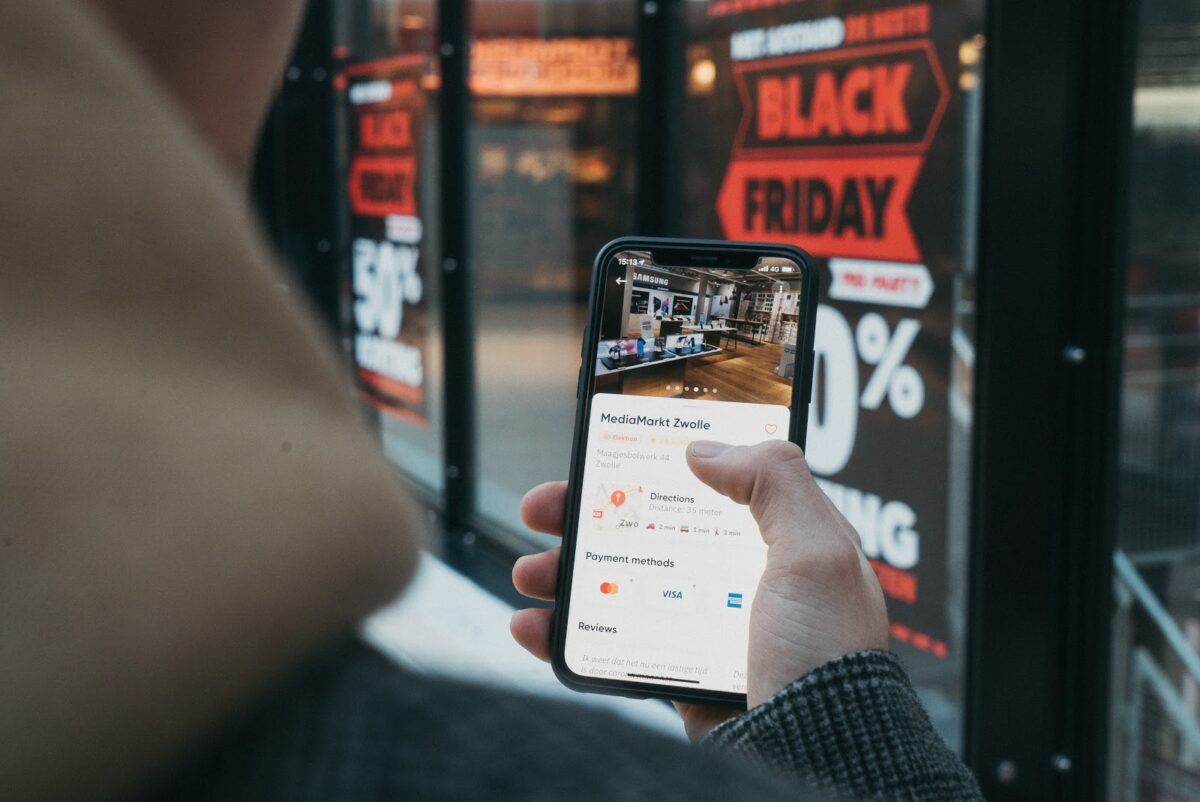Keeping up with ecommerce trends gives you an advantage as an entrepreneur. Failing to innovate can lead to business stagnation. The competition may overtake you as well, and it is difficult to predict whether you would manage to get back on top again.
With how much the ecommerce industry has grown recently, it is no surprise to see new trends come and go. But which trends have been shaping up the industry, and how far should you go to do your best and adopt them?
Post Contents
Trend #1 – Custom Merchandise

Whether you want to design your own mug, face mask, t-shirt, or calendar, it has become possible thanks to the available print-on-demand suppliers. There is no need to invest in your own printing equipment.
Brands can use custom merchandise to raise brand awareness. Including products as complimentary gifts for the most loyal customers is bound to receive a positive reaction. Besides, if someone drinks from a mug with your brand elements, it is possible that another person could notice it and become interested in checking your business.
A large company could also order a set of matching t-shirts and wear them when they participate in local events and advertise the brand.
Trend #2 – Dropshipping Business Model

At least 27% of global online retailers have adopted dropshipping as their primary business model at the beginning of 2018. The percentage has grown since then.
You do not have to switch from a regular online store to dropshipping if your current strategy is profitable. However, trying some dropshipping is still a good piece of advice as you will get to experience a different side of ecommerce. And if you feel like that business model would work better for your store, then switching could be something to consider.
Trend #3 – Voice Search

Voice search made things easier for those who prefer to do their shopping via voice commands. The rise of Alexa and other virtual assistants is no coincidence. Sure, not all online stores have adopted voice search yet, but it is only a matter of time before that changes.
Besides, having the voice search feature also accommodates people with disabilities. For someone who can only use their voice to order products online, having such an option is a big advantage. Missing voice search means missing out on a decent demographic that could become your regular customers.
Trend #4 – Social Media Ecommerce

Social media ecommerce should not be something new. People could promote and sell their stuff in relevant groups or directly on their walls. However, Facebook has implemented a feature that allows you to create product pages directly on the platform and sell it there.
Instead of redirecting potential customers to your landing pages, you can sell straight on Facebook. But what does this mean for the overall social media marketing strategy?
It is possible that brands will continue to grow their followers and focus on improving sales on the website rather than shifting focus on social media ecommerce. Nevertheless, this new option is worth keeping your eyes on because social media ecommerce could take off, and failing to take advantage of it could be detrimental to your business.
Trend #5 – Micro-Influencer Marketing

Influencer marketing plays a prominent role in digital marketing strategies. However, more and more brands are finding it difficult to work with A-tier celebrities because of their demands.
Instead, collaborating with micro-influencers seems to be bringing better results. Even if they have fewer followers, most micro-influencers receive better overall engagement on their content, even when they are promotional posts.
Rather than working with one or two top influencers in your industry, you should consider spending your resources on multiple micro-influencers and taking advantage of their audience.
Again, this is something you should approach with caution. There is no need to replace your current influencers with someone you do not know. Test things for yourself and determine whether micro-influencer marketing is worth your time.
Trend #6 – Chatbots

It is only a matter of time before chatbots replace real people in customer support. Machine learning has made it possible to create chatbots that can respond to customer questions instantly.
These bots are available 24/7, and businesses do not have to rely on real people to do the work. Sure, replacing a real human is not something that a chatbot could do, but as far as customer support goes, artificial intelligence should not have that many problems taking care of it.
Trend #7 – Virtual Reality

Virtual reality is another trend for the future. Not having an option to try products in person is one of the biggest downsides of ecommerce.
However, things are about to change when customers have the option to put on a VR helmet and visit the store “in person.” Sure, it is not the same as actually browsing products in a brick-and-mortar store, but VR will make it easier to determine whether you want to spend your money on a product or look elsewhere.






























